Lisa Mareike Rij, M.Sc.
eMail: Mareike.Rij(at)hs-gm.de
D-65366 Geisenheim
Room N.N.
Eibinger-Weg 4
65366 Geisenheim
Project start: 01.06.2025
Project end: 31.05.2028
Sponsor: German Research Foundation
Our previous work on the mycoparasitism of Saccharomycopsis schoenii showed that the genes KIL1 and STE12 are required for the formation of penetration haustoria. Deletion mutants of these genes are avirulent. In a follow-up project, we will investigate other genes of the associated signal transduction cascade to examine their potential contribution to pathogenicity. Furthermore, we have discovered a family of cysteine-rich effector genes (CRE genes) in Saccharomycopsis. These genes are upregulated during a predation cycle and therefore appear to play a role in the pathogenicity of Saccharomycopsis. This set of genes will also be characterized. We use the model yeast Saccharomyces cerevisiae as prey cells because of its ease of molecular genetic manipulation. This allows us to gain molecular and cell biological insights into the responses of Saccharomyces cerevisiae cells during an attack by Saccharomycopsis schoenii.
Project start: 01.03.2024
Project end: 28.02.2026
Sponsor: Hessen State Ministry of Higher Education, Research and the Arts
Changing environmental conditions often trigger cellular adaptive responses. Deficiency conditions, such as the absence of amino acids or sulfur, lead to a starvation response in the yeast Saccharomyces cerevisiae that is also conserved in other systems, involving a reversible general repression of translation and the activation of amino acid biosynthesis pathways. tRNAs are part of the translation machinery. Defects in tRNA thiolation, a sulfur modification of the wobble uridine, also induce this starvation response in S. cerevisiae. The biocontrol potential of predator yeasts, i.e., their attack on other fungal pathogens, is based on a starvation signal, specifically the absence of the sulfur-containing amino acid methionine. Therefore, we will test the hypothesis that mutation-induced defects in the wobble uridine modification in predator yeasts trigger a starvation signal and lead to the activation of mycoparasitism. If this hypothesis is confirmed, efficient biocontrol yeasts could be generated. This could lead to improved use of predator yeasts against crop and food pests and contribute to a reduced use of chemical pesticides.
Project start: 01.01.2021
Project end: 31.03.2024
Sponsor: German Research Foundation
We have started our work on predator yeasts funded by the EU Innovative Training Network Fungibrain. This resulted in one PhD thesis and two high profile papers (Scientific Reports and PLoS Pathogens) along with several other publications. Predator yeasts belong to the genus Saccharomycopsis. They are necrotrophic mycoparasites that invade and kill fungal prey cells via a penetration peg. We have started to develop molecular genetic tools to investigate the unique and fascinating biology of these yeasts. In this project we will characterize key virulence genes of Saccharomycopsis schoenii and analyze the contribution of these genes for predation and virulence. We will study the process of predation both from the viewpoint of the predator and the prey, for which we use the model eukaryote Saccharomyces cerevisiae as prey.


